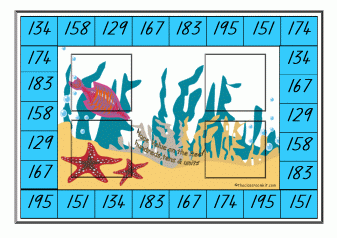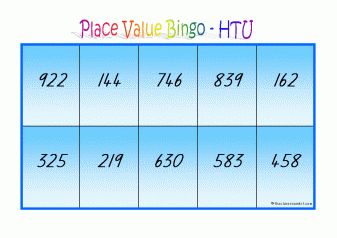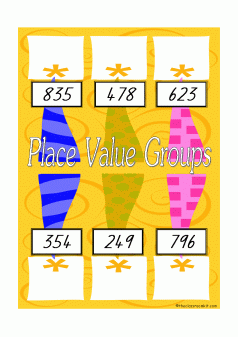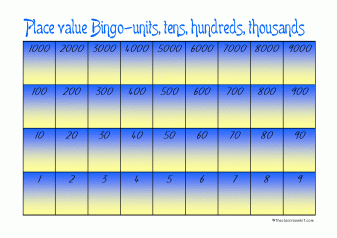
Place Value
Place Value with tens and units:
A game with one board and a set of cards. The cards show the numbers visually, using ten sticks and unit blocks, partitioned, with the tens and units separated (50+3), and with words (5 tens, 3 units). Players work out what numbers are represented on the cards placed in the middle, and if they land on the matching number, they take the card and score a point.
Place Value with hundreds, tens and units:
A game with one board and a set of cards. The cards show the numbers visually, using hundred flats, ten sticks and unit blocks, partitioned, with the hundreds, tens and units separated (100+50+3), and with words (1 hundred, 5 tens, 3 units). Players work out what numbers are represented on the cards placed in the middle, and if they land on the matching number, they take the card and score a point. This game has four boards and matching cards for each board. Each board is unique. The cards have the numbers represented visually. Half the cards show hundred flats, ten sticks and unit or one blocks, and half show a table like an abacus, marked with HTU. Learners experience different ways of representing numbers while consolidating place value understandings. In this game, players take turns to take a card and place it on the right stack. Clues such as "5 in the units place", "300+310+13", "700+96" and "3 hundreds 5 tens 4 units" are given. Some clues have mulitple answers, such as "less than 400" and "even number". This game gives learners the opportunity to consolidate understandings about place value by partitioning numbers. Place Value with thousands, hundreds, tens and units:
One board is provided. This needs to be printed for each player. There are 81 cards. All are 4 digit numbers ranging from 1243 to 9917. Players place each card in any category it will belong (e.g. if the number 1243 is chosen, it can sit on the 1000 position, the 200 position, the 40 position or the 3 position.) The first to get 4 in a row is the winner. Alternative activities are suggested for use with the board and cards, in the instructions for this game. |
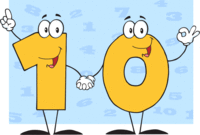 Learners must explore and develop their understandings of Place Value in order to comprehend and manipulate numbers in the decimal numerical system. This begins with the manipulation of materials to consolidate the value of grouping objects by ten. As learners have more opportunities to group and count by tens, their comprehension of the system of Place Value grows so that extending this to hundreds, thousands, and so on, is a natural progression in due course. Even introducing tenths and hundredths will be a simple progression if the basic building blocks of understanding Place Value have been laid solidly, with plenty of opportunities to use manipulatives such as base 10 blocks, counting frames and online resources.
Learners must explore and develop their understandings of Place Value in order to comprehend and manipulate numbers in the decimal numerical system. This begins with the manipulation of materials to consolidate the value of grouping objects by ten. As learners have more opportunities to group and count by tens, their comprehension of the system of Place Value grows so that extending this to hundreds, thousands, and so on, is a natural progression in due course. Even introducing tenths and hundredths will be a simple progression if the basic building blocks of understanding Place Value have been laid solidly, with plenty of opportunities to use manipulatives such as base 10 blocks, counting frames and online resources.
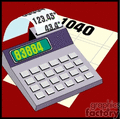 For a great definition and visual about the concept of Place Value, look at this site:
For a great definition and visual about the concept of Place Value, look at this site: 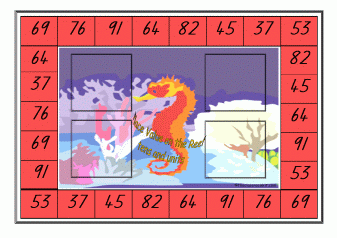 Place Value On the Reef - Tens and Units
Place Value On the Reef - Tens and Units